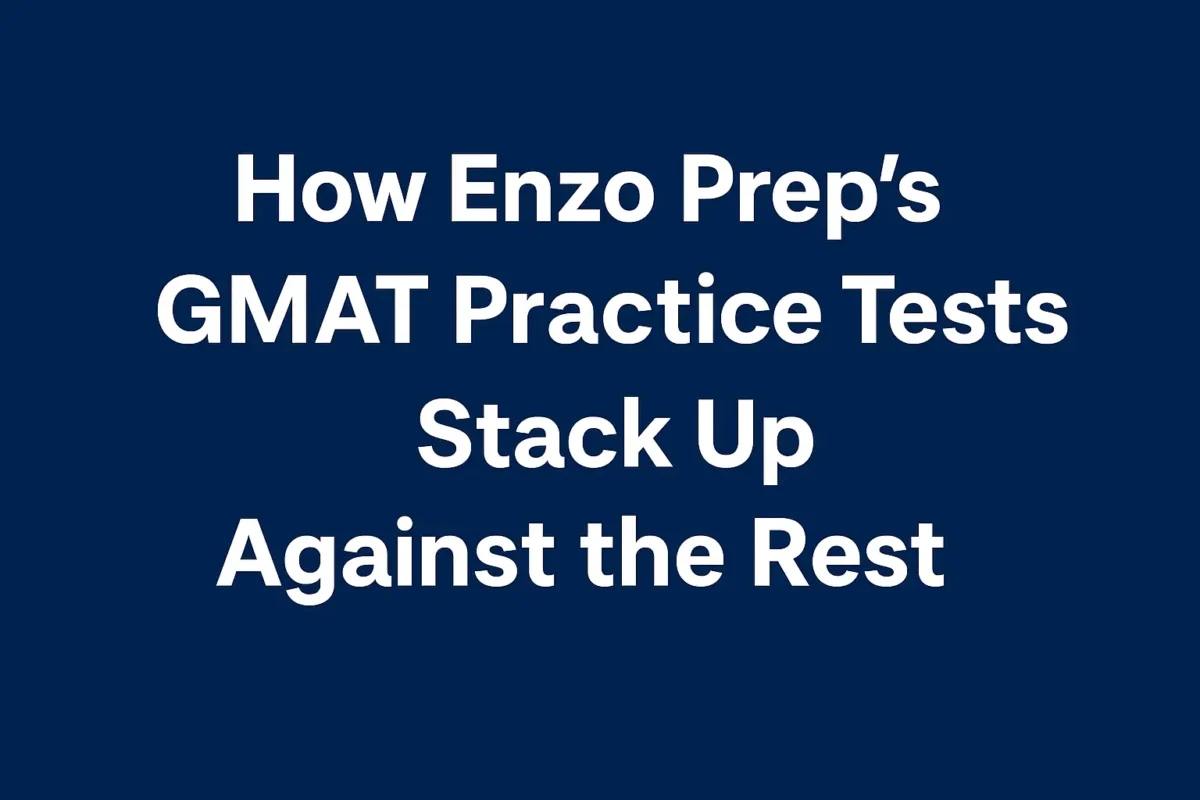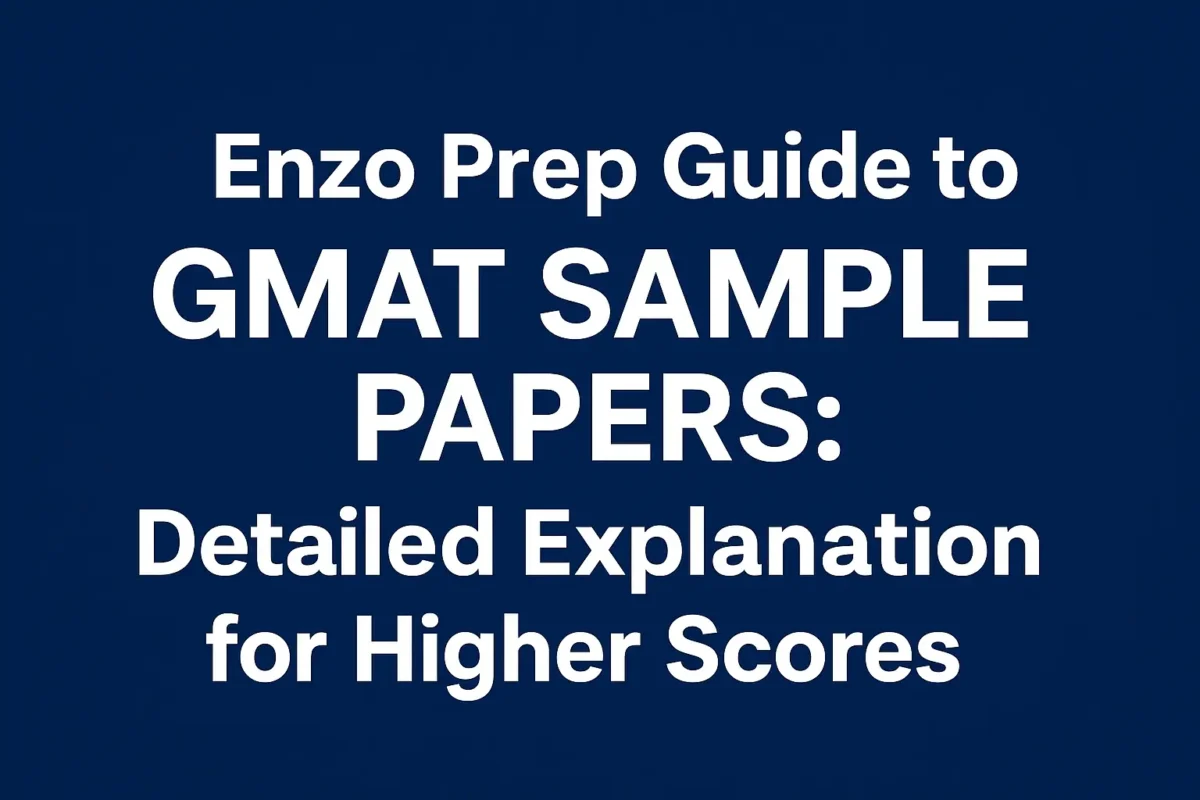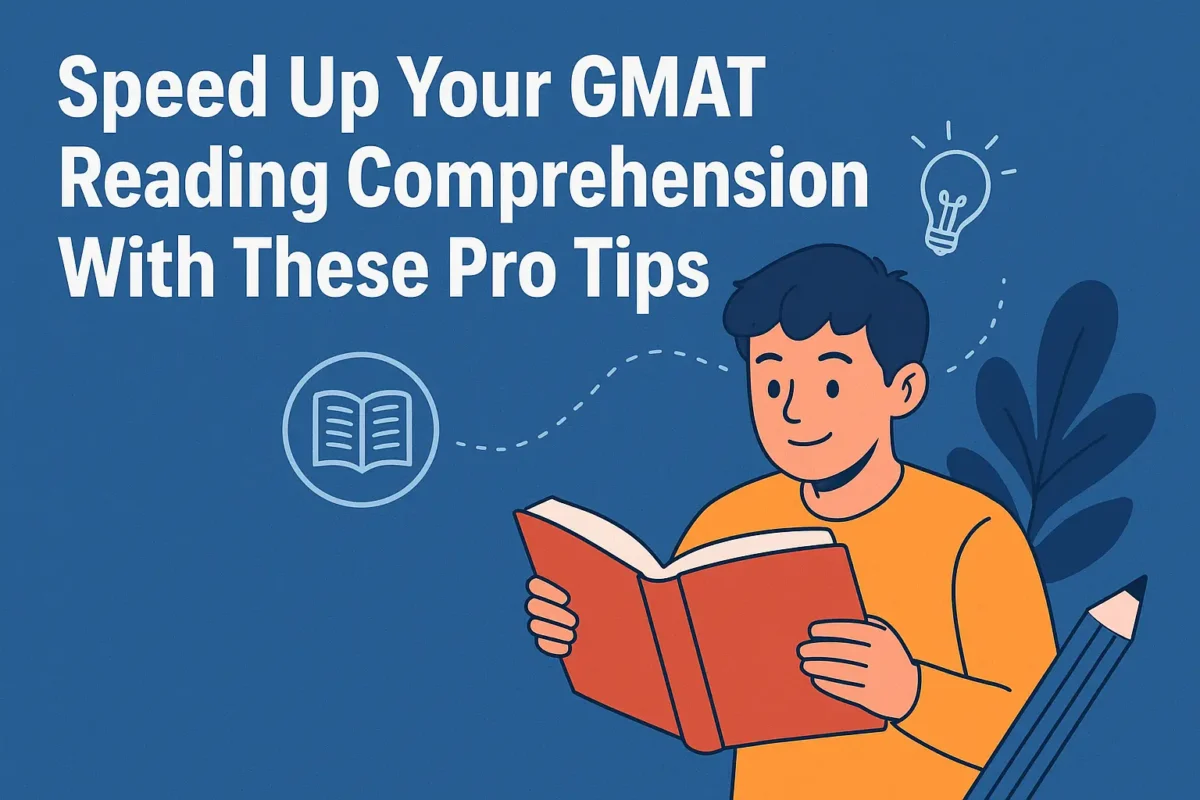It is essential you know the format of GMAT exam, its section-wise division and the pattern of scoring before you begin preparing yourself. Such clarity will assist you in having your study plan, save more time during the test, and eventually act confidently. Today, in this blog, we are going to make all aspects of knowledge relating to the GMAT exam as simple as possible starting off with the pattern of and then the purpose of each of the sections.
What is GMAT Exam?
Graduate Management Admission Test (GMAT) is a standardized test administered by business school across the world to assess applicants to MBA and other graduate management programs. It tests you on your critical thinking capabilities, problem solving and overall ability to express ideas which is all necessary in a business setting.
Format of GMAT Exam (New Update- GMAT focus edition)
Since 2024, GMAT has come up with a new structure known as the GMAT Focus Edition, which is more compact in size and shorter than the previous one.
This is the new pattern of GMAT exam:
| Section | Time Limit | No. of Questions | Score Range |
| Quantitative Reasoning | 45 minutes | 21 questions | 60 – 90 |
| Verbal Reasoning | 45 minutes | 23 questions | 60 – 90 |
| Data Insights | 45 minutes | 20 questions | 60 – 90 |
| Total Duration | 2 hours 15 min | 205 – 805 |
The GMAT Focus Edition removes the Essay (AWA) and Integrated Reasoning subtests and combines analytical exercises into a new one named Data Insights.
Section-Wise Breakdown
1. Quantitative Reasoning
- Tests: Basic data sufficiency and problem solving
- No higher math needed–just arithmetic, algebra and geometry
- It gives less emphasis on calculations but more on reasoning. A calculator is forbidden in this part
Tip: Train using time-limited sets of practice and aim at precision.
2. Verbal Reasoning
- Tests: Critical reasoning, sentence correction and reading comprehension
- Needs perfect grammar skill, logic and reading skill
- Focus is on the interpretation of arguments and detection of flaws or assumptions
Tip: Read editorials, solve RCs every day and study GMAT grammar rules.
3. Information Outcomes (New Segment)
- A combination of data deciphering, logic games, tabular reasoning, and multi-source thinking. Here calculator is permissible.
- Just like the former Integrated Reasoning (more comprehensive)
Tip: Work on charts, graphs and multi-level logic puzzles.
What is a GMAT Score?
The scores within each section (Quant, Verbal, Data Insights) are taken between 60 to 90, which are cumulatively aggregated to bring about a total score that ranges between two hundred and five to eight hundred and five. There has also been a shift in the weightage of the three sections unlike in the earlier versions where one of the sections weighs more than the others. This implies that you can no longer automatically rely on Quant or Verbal to pull your overall score so much-a balance must be respected.
What is Adaptive about GMAT?
GMAT is computer based adaptive test (CAT). This means:
- The level of the questions gets tougher or easier depending on how you are doing
- A correct answer to your question makes the one after it more difficult
When you get one of these wrong, it is easier then after. Your points are determined by the number of items that you will have answered and the level of difficulty. The format involves strategic thinking because you cannot mark unwanted questions, each question is determined by whether it is answered or not.
Final Thoughts: Know the Format, Beat the Exam
The first step to cracking the GMAT exam is knowing what you’re up against. Understanding the GMAT exam pattern helps you build a more effective preparation plan and boosts your test-day confidence. No matter where you are in your prep journey, make sure you focus equally on all three sections, simulate real test conditions during practice, and track your progress. With the right mindset and a clear strategy, the GMAT is absolutely conquerable.
FAQs
Q1. What is the total duration of the GMAT exam?
- The GMAT Focus Edition takes 2 hours and 15 minutes to complete.
Q2. Is a calculator allowed in the GMAT?
- Yes, but only in the Data Insights section.
Q3. What is a good GMAT score?
- A score above 645 is considered competitive, while 700+ puts you in the top 10%.
Q4. Can I choose the order of GMAT sections?
- Yes, the GMAT Focus Edition allows you to choose your section order before the test starts.
Give us a Google review – https://maps.app.goo.gl/1Zz1XxVYPASJm8tU7














